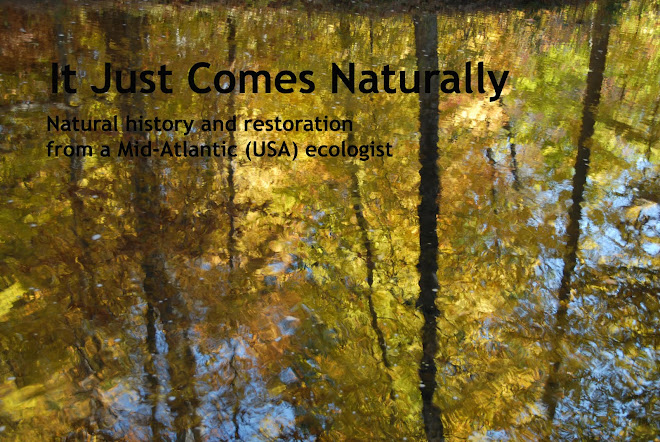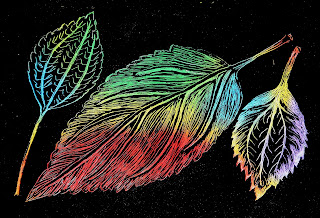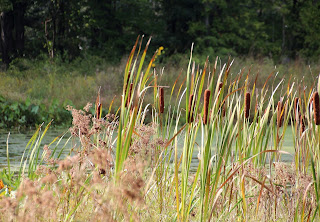I completed the third and final class of introductory botanical illustration last evening. The eight students attempted scratchboard, something I had never tried before. There's no erasing; no correcting errors. My results appears at the head of the post. The instructor and I agreed that I had probably done my best work in the red section of the largest leaf.
I now know that I am sufficiently capable of drawing to tackle other projects, but I'll probably have to wait until I retire to take this up again. I don't think I'll attempt scratchboard, though; it was frustrating and unforgiving.
Lighten up
2 hours ago




















